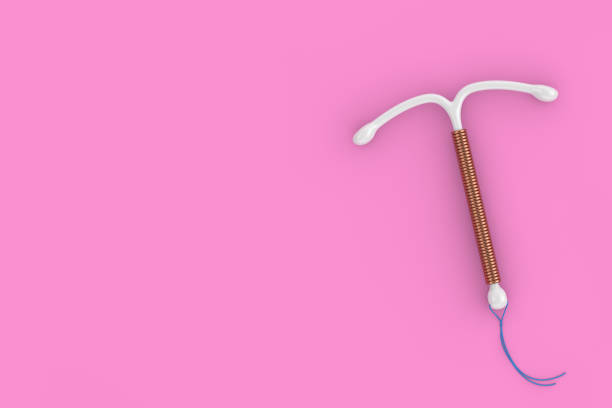Contraception

Information on contraception from your gynecologist
Here I present some contraceptive methods that differ in terms of safety. The so-called "Pearl Index" indicates how reliable the contraceptive method is. The lower this statistical value is, the safer the method is. Ultimately, it must always be decided on an individual basis which contraceptive is most suitable in which situation.
Hormonal contraceptives
Probably the best-known hormonal contraceptive is still thepill, especially for starting sexual intercourse. These contraceptives are based on hormones that are similar in their effect to the progestogen and oestrogen found in the body. These hormones control the menstrual cycle.
Contraceptive methods
The pill - Pearl Index: 0.1 - 0.9
In Germany, the pill is considered the most common contraceptive for starting sexual intercourse. In recent years, however, there has been a trend towards younger women opting for other contraceptives (e.g. the IUD). In most cases, the "pill" consists of a combination of an oestrogen-progestogen preparation (micropill) or only progestogen (minipill).
Hormone IUD - Pearl Index: 0.2 - 0.3
The hormonal IUD (to be distinguished from the copper IUD) continuously releases a small amount of a hormone. It is estrogen-free. The duration of action is 3, 5 or 8 years depending on the IUD and is therefore a long-term contraceptive method which guarantees a high level of safety.
Contraceptive rods - Pearl Index: 0.1
This is a small plastic rod that is inserted on the inside of the upper arm. The luteal hormone etonogestrel contained in the rod is released continuously and is effective for 3 years.
Hormone patch - Pearl Index: 0.9
The hormone patch releases two hormones through the skin. It must be renewed every seven days.
Contraceptive ring - Pearl Index: 0.7 - 1.0
The vaginal ring is made of soft plastic and releases two hormones that act via the vaginal mucosa. The contraceptive ring is inserted and worn inside the body for three weeks. Bleeding starts in the fourth week without the ring.
Mechanical contraceptives
Mechanical contraception is the mechanical prevention of sperm from reaching the egg. The best-known mechanical "barrier" is the condom and the IUD.
Chemical contraceptive methods
This refers to methods that usually use chemical substances to provide contraception. In particular, the aim is to kill sperm. Due to its relatively unreliable safety compared to other contraceptive methods, chemical contraception should only be used in conjunction with other methods. The chemical substances are available in various forms: vaginal suppositories, gels, creams and foam.
